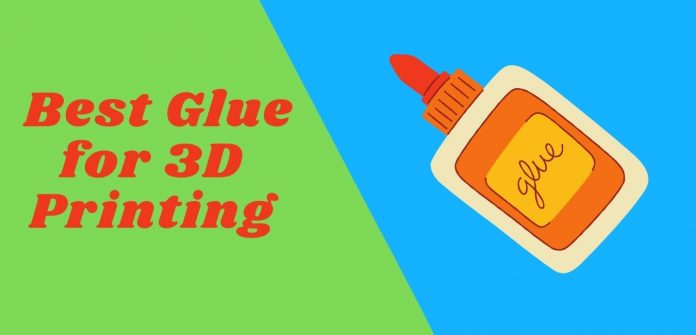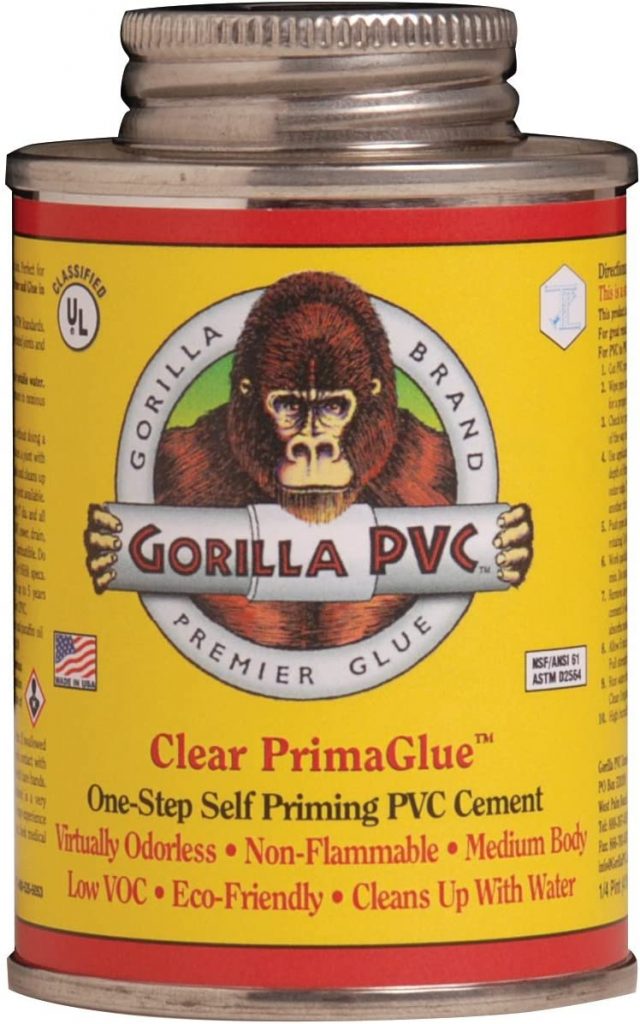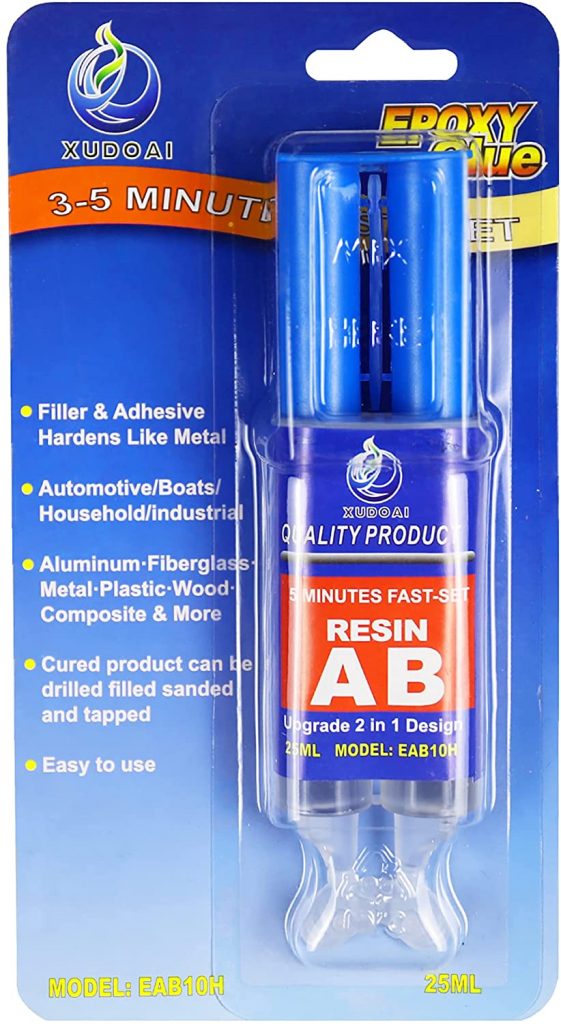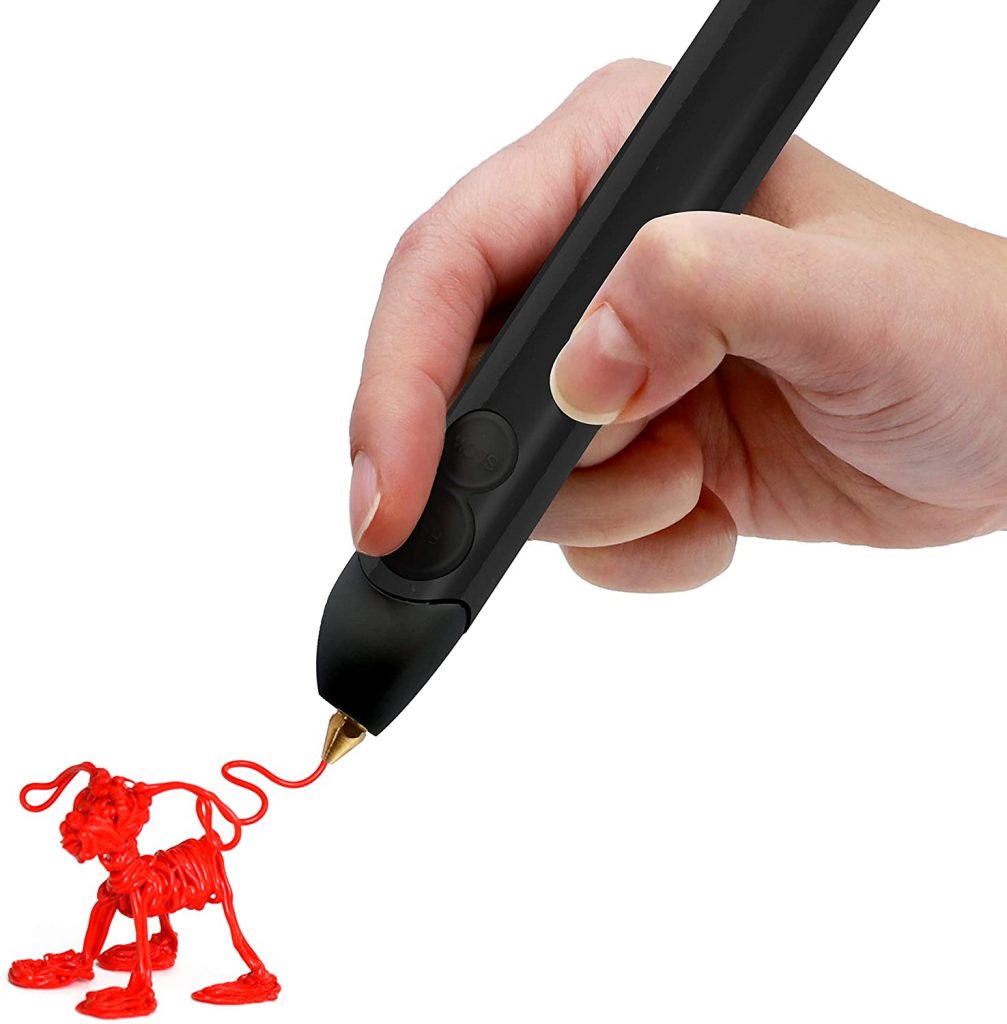When you are making 3D prints, three are many reasons that you may want to bond two or more together. Most of the time, this is important when you are printing something that is larger than your 3D printer can print. There are different ways to glue 3D printed parts together, but with any of them, you need to make sure that the parts are clean, dry, and smooth.
What Is the Best Glue for 3D Printing?
1. Superglue: Krazy Glue, Max Bond Gel
One of the best types of glue to use when you are bonding 3D printed items is superglue. There are many different brands, but the Krazy Glue Max Bond Gel does a great job. It is easy to use, and it cures right away. You get a very strong bond, and the seam is hardly noticeable. The most important thing is to make sure that you do it correctly the first time because it bonds quickly and effectively in very little time.
Features:
- Clear adhesive
- Compatible with different materials
- Formulated for strength
- Dries quickly, in seconds
Pros:
- Great for bonding rigid plastics including PLA, PETG, and ABS
- Strong bond
- Cures very quickly
- Most 3D printing materials bond well with superglue
Cons:
- Not a great choice for flexible materials
2. Plumber’s Cement: Gorilla Clear PVC PrimaGlue
Another type of glue that you can use is plumber’s cement. You can glue ABS, PLA, and HIPS with it, and it is a solvent-based glue that reacts with plastic. Although it will give you a strong bond, it is usually visible because the cement will be colored. The only issue is that it won’t work with nylon, PETG, or similar materials. You need to make sure that there is no dirt or grime on the materials that you want to bond, and you should keep it away from open flames because it is flammable.
Features:
- Strong enough to bond ABS, HIPS, PLA, and materials that are soluble with acetone
- Solvent-based glue that reacts with plastic
- Properties are similar to those of acetone, which is an alternative product
Pros:
- Easy to use
- Bonds many 3D-printing materials
- Affordable and easy to find
Cons:
- Flammable
- Fumes can cause dizziness
3. Epoxy: Epoxy Resin
You can bond your 3D-printed items with epoxy as another option. It works great for plastics and most filaments. If you try to use it on flexible materials, it will bond them, but it will be rigid where the bonding takes place. Epoxy becomes very hard when it is cured. When you choose this material, you can use it as a bonding agent or as a filler.
It works in about five minutes, and it takes 24 hours to cure. It is a strong bonding agent, and once it is cured, it can be sanded and painted. You can apply it in thick layers, but it does leave a rigid seam.
Features:
- High-strength bonding for plastics, metal, fiberglass, wood, and more
- Can be used as a filler as well
- Forms a dense surface without any air bubbles
- Epoxy and hardener must be combined for use
Pros:
- In addition to bonding, it works as a filler
- Surfaces don’t have to be completely flat
- Can be applied in thick layers
Cons:
- Will leave a rigid seam on flexible materials
4. Silicone Glue: J-B Weld All Purpose Silicone Sealant
Silicone glue is another type of glue that creates a strong bond. You can use it on your 3D printed materials, and it will keep them fixed in place. The biggest disadvantage is that it has to be somewhat thick, at a minimum of a couple of millimeters, so it is hard to conceal the seam. It takes a few hours to cure, and there are many different options out there. It is important to look at the ingredients because different ones are ideal for different projects. You can bond all materials with this type of glue.
Features:
- Takes a few hours to cure
- Waterproof and weather-resistant seal
- Versatile and dependable for a number of applications
- Won’t shrink over time
Pros:
- Very durable and strong bond
- Clear adhesive
- Waterproof
- Works well on most 3D-printed materials
Cons:
- Thicker than other glues and will leave a seam
5. 3D Pen: 3Doodler Create + Printing Pen
Another great option is a 3D pen. You can bond parts together with them because you actually use the same filament in the pen as you use to print your models. While this type of bond looks great and blends in well, it is not one of the stronger bonds. It should only be used for parts that are non-functional.
Features:
- Matches filament used to create 3D-printed parts
- Extruded and heated plastic hardens right away
- Compatible with many different colors
Pros:
- Looks great
- Easy to match with any color
- Easy to use
Cons:
- Not as strong as other glues
Tips and Tricks
- Pay attention to how your print setting will affect the gluing process by looking at print settings, print orientation, and build plates
- Consider the ability of the material to shrink
- Try not to place support material around joining features if possible
- Take your time around the edges so that pieces fit together well
- Make sure that all surfaces and joints are smooth and fit together as intended
- Sand any trouble spots
- Spot glue before you glue to make sure the model is evenly attached
- Start in the center and work your way out to make sure that gluing is even
FAQs
How to Make 3D-Printed Parts Stronger?
There are several different ways to make 3D-printed parts stronger. Try the following:
- Use stronger materials, such as ABS
- Increase wall thickness
- Increase density of infill
- Try a different extrusion direction
- Decrease print speed
How to Glue PLA 3D Prints?
When you glue the PLA 3D prints, you can take your glue. Start in the middle and work your way out to the edges. Make sure that your parts are smooth and free of any debris before you begin. You can sand them if you need to. Most of these glues dry quickly and cure in 24 hours or less, so take your time and do it correctly.
Final Thoughts
There are different types of glue for 3D printing. Each has pros and cons, and you can choose the one that is best for your project.
















